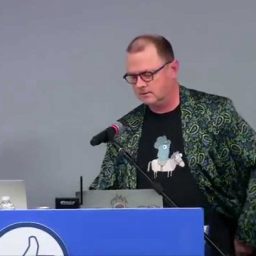Rob Pike’s Go Proverbs (Part Three)
This is the third and final part of a three-part series on the Go proverbs that were devised by Rob Pike. We shall discuss and explain each of the remaining proverbs in turn. In this final instalment, we shall consider the remaining proverbs, discussing their meaning and their practical application. Each proverb reflects a core […]







